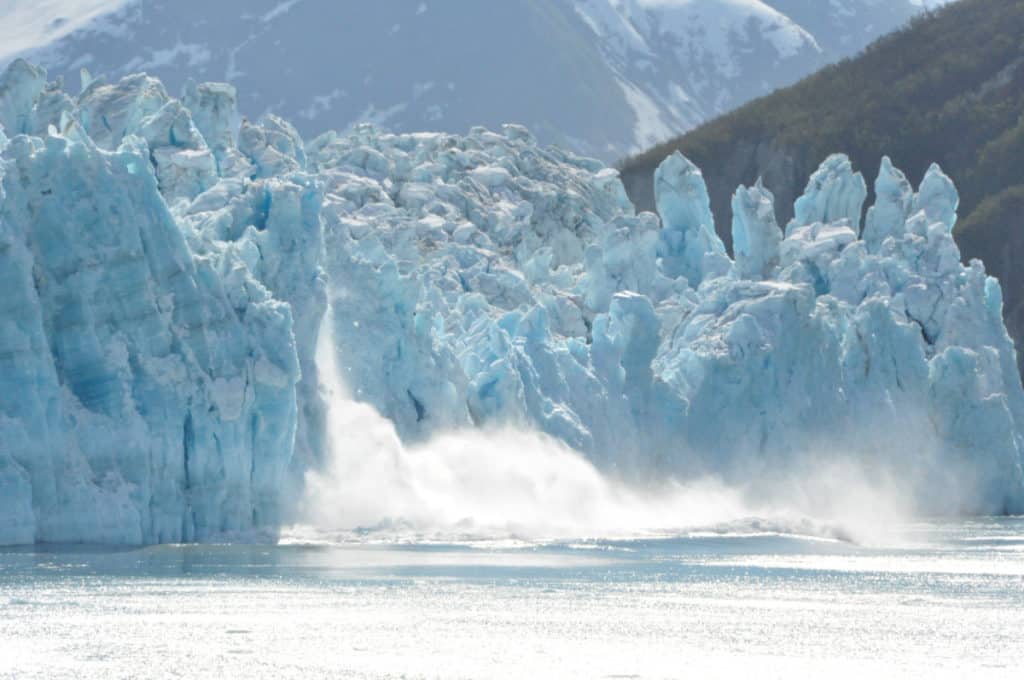The Colorado River is the next victim of climate change on an ever-growing list. The river that over 40 million people depend on for water has seen a 20% decrease in its water flow when compared to the last century.
The main cause of this water shortage is the temperature increase. A new report by ScienceMag found that for every increase of 1.8 degrees Fahrenheit in the average temperature, a 9% decrease in water flow is expected to occur.
The report expects the river to decrease between 20 and 30% by 2050 if current emission levels continue. It will be far worse if emissions continue to grow.
An Avoidable Disaster

According to the report, the Colorado River is responsible for over $1 trillion dollars of economic activity every year. The river starts in Colorado and passes through Utah, Arizona, Nevada, and California.
For many cities in these states, the river is the main source of water. Without it, the cities will not be able to continue operating as they do now. However, we can avoid this entire scenario by reducing emissions.
The biggest problem is heat-trapping gases. This is causing more evaporation to take place at the source. Which means less snow is melting and reaching the river.
This has been going on for the last two decades and has already created a water shortage. In truth, Lake Powell and Lake Mead are both only half full as a direct result.
Water Shortages Expected
The seven states that depend on the river for water are well aware of the risk. Just last year, they signed an agreement that would decide how the water was dived amongst the states.
This year, negotiations will begin to consider how the states will handle a drier future. This is to prepare for the guaranteed water shortage that will happen.
Let’s hope emissions begin to lower to avoid more catastrophic scenarios.


